Shop All Chemistries
-
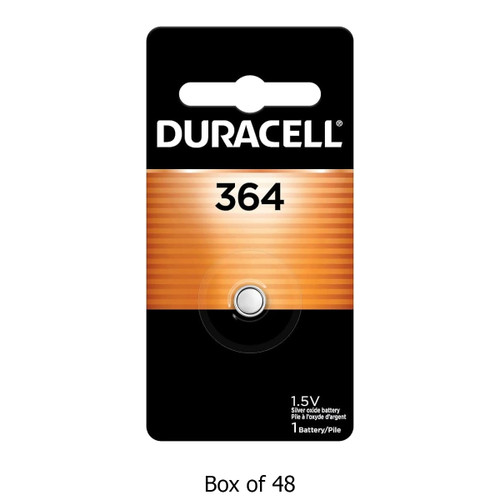
-
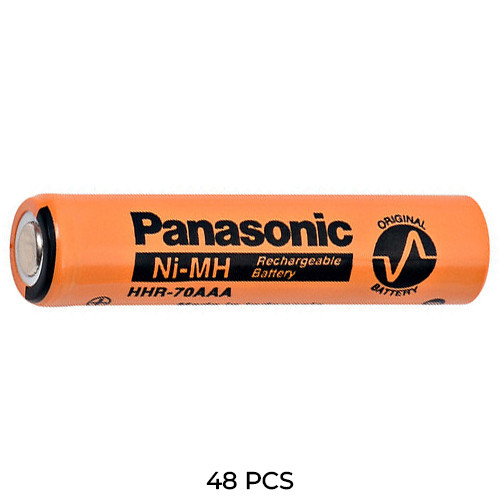
Panasonic
48-Pack AAA NiMH Panasonic 700 mAh HHR70AAAB7 Flat Top Rechargeable Batteries
$188.49As low as: -
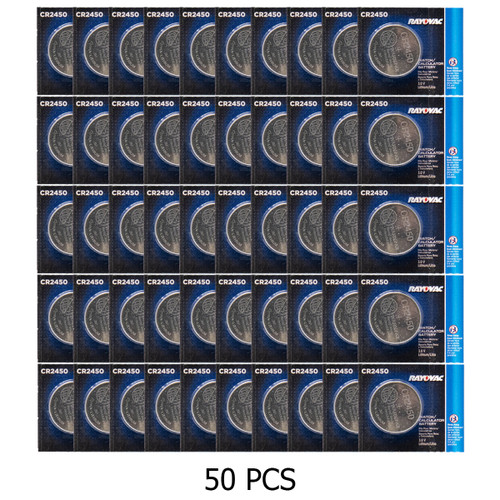
-

Power Portable
6-Pack 3.6 Volt ER34615 (SAFT LSH20) D Primary Lithium Batteries (19000 mAh)
$188.49As low as: -

-
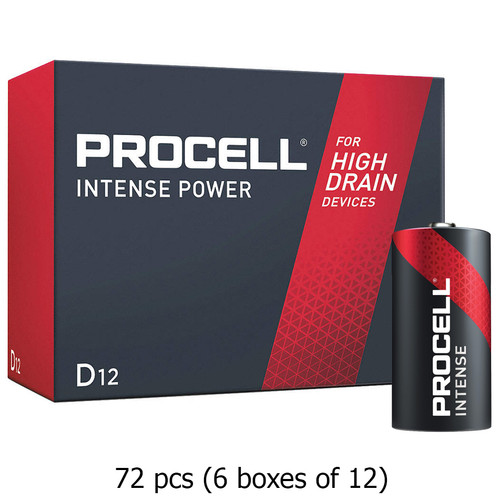
Duracell Procell
72-Pack D Duracell Procell Intense PX1300 Alkaline Batteries (6 Boxes of 12)
$188.49As low as: -

-
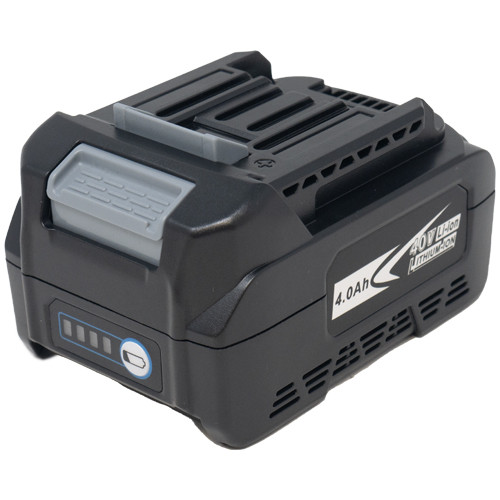
-
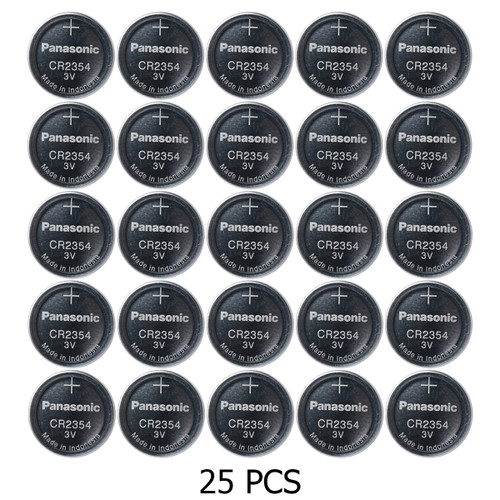
-

-

Rayovac
120 x Size 10 ZeniPower + 120 x Size 10 Rayovac Hearing Aid Batteries (240 Total)
$191.59As low as: -
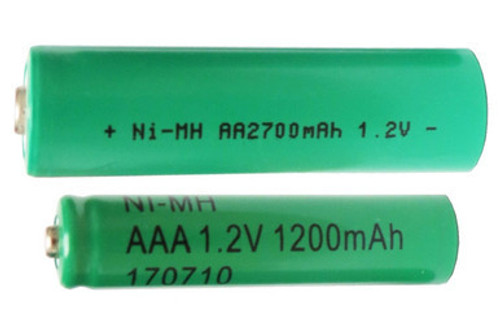
-
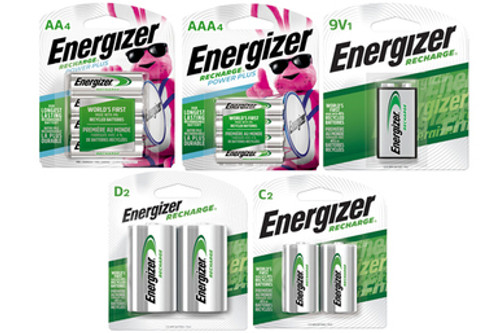
-
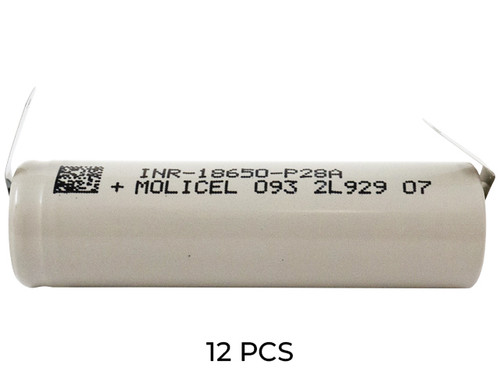
Molicel
12-Pack Molicel P28A 18650 3.6 Volt Lithium Ion Batteries (2800mAh) W/ Tabs
$192.89As low as: -
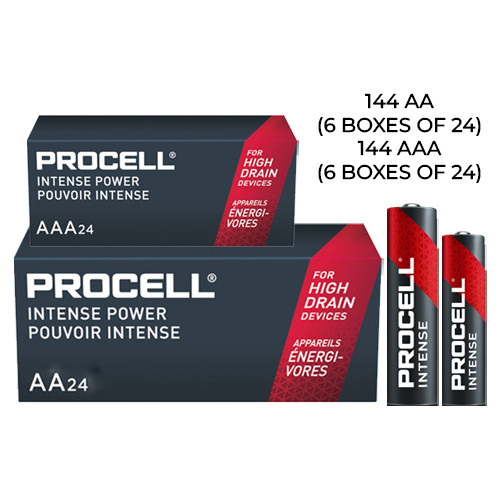
Duracell Procell
144 AA + 144 AAA Duracell Procell Intense Alkaline Battery Combo
$192.89As low as: -

-
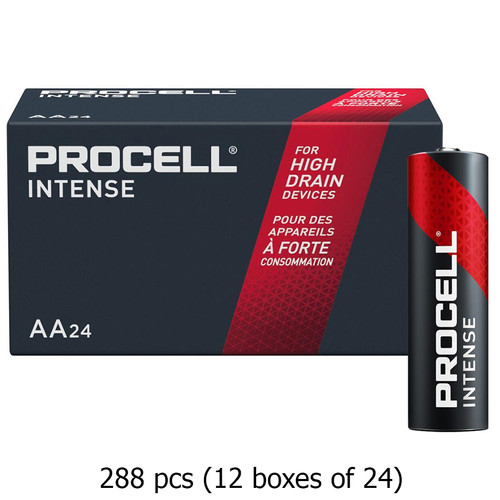
Duracell Procell
288-Pack AA Duracell Procell Intense PX1500 Alkaline Batteries (12 Boxes of 24)
$192.89As low as: -
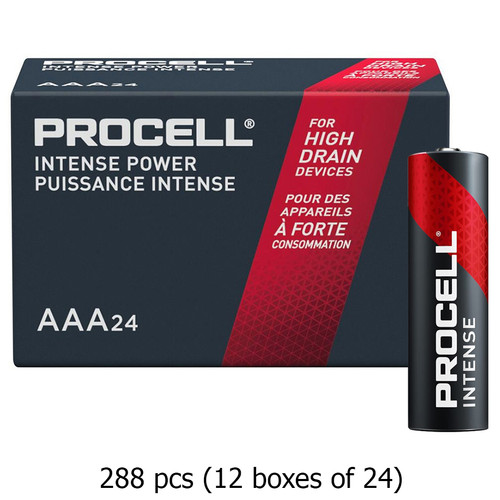
Duracell Procell
288-Pack AAA Duracell Procell Intense PX2400 Alkaline Batteries (12 Boxes of 24)
$192.89As low as: -
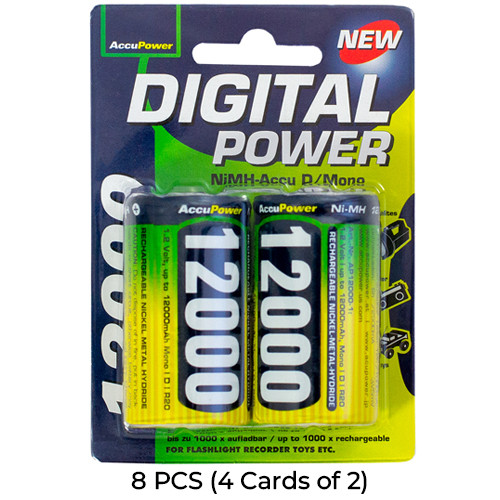
-

Tadiran
12-Pack Tadiran TL-4955/S 3.6V 2/3 AA 1.65 Ah Lithium Batteries (ER14335)
$193.29As low as: -

Tadiran
12-Pack Tadiran TL-5955/T 3.6V 2/3 AA 1.5 Ah Lithium Batteries w/ Tabs (ER14335)
$193.29As low as:
Shop All Chemistries
Understanding Battery Chemistries: A Guide to Power Solutions
When it comes to powering our devices, the chemistry of the battery plays a crucial role in determining its performance, longevity, and suitability for different applications. At Mega Batteries, we offer a wide range of batteries across various chemistries, each designed for specific needs.
1. Alkaline Batteries
Alkaline batteries are among the most commonly used primary batteries in household applications. They provide reliable power for low to moderate-drain devices, such as:
Remote controls
Toys
Flashlights
Key Features:
Voltage: Typically 1.5V per cell.
Capacity: Ranges from 2000 to 3000 mAh depending on the size.
Shelf Life: Long shelf life, often up to 10 years.
Applications: Ideal for devices that are used intermittently, making them a convenient choice for everyday household items.
2. Lithium-Ion Batteries
Lithium-ion (Li-ion) batteries are known for their high energy density and are widely used in portable electronics and electric vehicles. They are rechargeable and offer several advantages:
Voltage: Generally around 3.7V.
Capacity: Can exceed 3000 mAh for 18650 or similar cells.
Cycle Life: Typically between 500 to 2000 cycles, depending on the specific chemistry.
Applications: Found in smartphones, laptops, tablets, and electric vehicles, they are perfect for high-drain applications where weight and size are critical.
3. Nickel-Metal Hydride (NiMH) Batteries
NiMH batteries have gained popularity as a rechargeable alternative to alkaline batteries. They have a higher capacity and are more environmentally friendly.
Voltage: 1.2V per cell.
Capacity: Generally ranges from 600 to 3000 mAh.
Self-Discharge Rate: Moderate; low self-discharge variants are available.
Applications: Commonly used in digital cameras, handheld devices, and electric vehicles, NiMH batteries are suitable for moderate to high-drain applications.
4. Nickel-Cadmium (NiCd) Batteries
Although less common today due to environmental concerns, NiCd batteries were once a standard in rechargeable power sources.
Voltage: 1.2V per cell.
Capacity: Generally ranges from 600 to 2000 mAh.
Cycle Life: Can endure 500 to 1500 charge cycles.
Applications: Often used in power tools and emergency lighting, they perform well under extreme conditions but suffer from a memory effect.
5. Lead-Acid Batteries
Lead-acid batteries are one of the oldest battery technologies and are still widely used today, especially in automotive applications.
Voltage: 2V per cell, typically configured in 6 or 12V systems.
Capacity: Ranges from 20 to several hundred amp-hours.
Cycle Life: 200 to 300 cycles for deep-cycle applications.
Applications: Primarily used in vehicles, backup power supplies, and renewable energy systems, lead-acid batteries are known for their robustness.
6. Zinc-Carbon Batteries
Zinc-carbon batteries are a type of primary battery, primarily used for low-drain devices.
Voltage: 1.5V per cell.
Capacity: Generally lower than alkaline batteries, around 300 to 600 mAh.
Applications: Suitable for clocks, remotes, and other low-drain devices, these batteries are cost-effective but have a shorter lifespan compared to alkaline batteries.
7. Specialty Batteries
Mega Batteries also offers specialty batteries designed for unique applications, including:
Silver Oxide Batteries: Often used in watches and small electronics due to their stability and longevity.
Coin Cell Batteries: Ideal for compact devices like calculators and remote controls.
Understanding the various battery chemistries available is crucial for selecting the right power solution for your devices. Each chemistry offers unique benefits and drawbacks, making it important to consider the specific needs of your applications.
At Mega Batteries, we pride ourselves on offering a comprehensive selection of batteries across different chemistries, ensuring that you can find the perfect match for your requirements. Whether you need reliable alkaline batteries for everyday use or high-performance lithium-ion batteries for your electronic devices, we have you covered.
